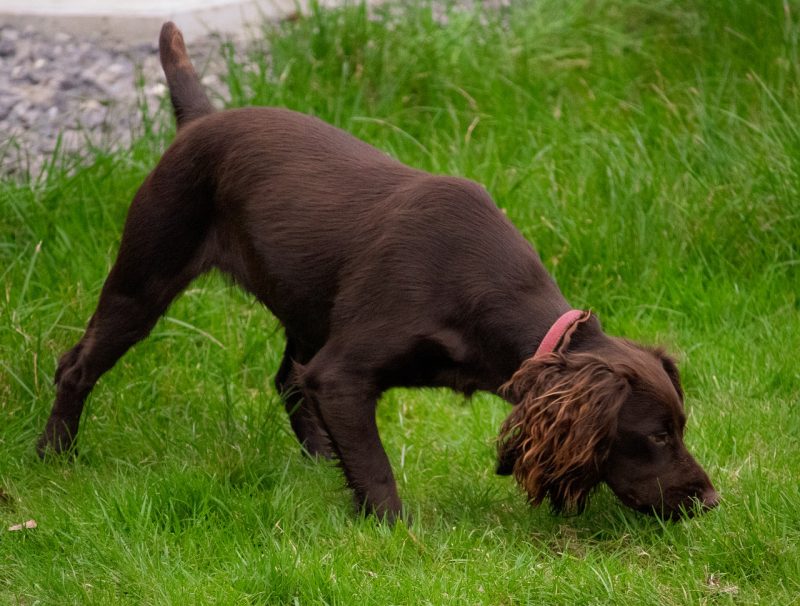When working with our spaniel it is helpful and probably vital to try and understand just how the dog’s sense of smell affects how he does things and how scent and scenting conditions affect his performance and ability to do his job.
It has been known for many years that dogs possess incredible smelling ability and have superb senses of smell, but just how great is it?
The former director of the Sensory Research Institute at Florida State University gives us an idea.
It’s said that a dog’s sense of smell is 10,000 to 100,000 times more acute than that of humans. To give some perspective if it is 10,000 times then if we put that into visual terms ( which we can understand more easily) then, humans could see something clearly that was a third of a mile away, but a dog could see the same thing, just as clearly if it were 3000 miles away.
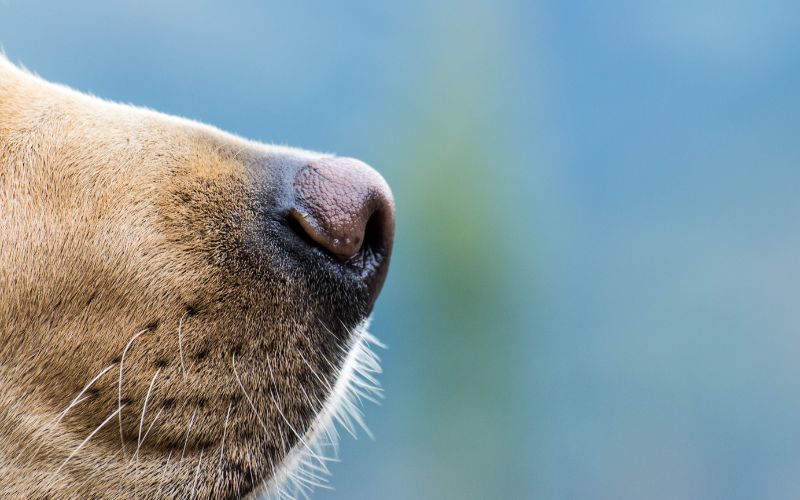
Dogs have an incredible sense of smell
From another perspective…dogs can detect some odours in parts per trillion.
In her book Inside of a Dog, (which you can see here on Amazon), the author, Alexander Horowitz, tells us that we might notice if our coffee has a teaspoon of sugar in it, but a dog could detect that teaspoon of sugar in a million gallons of water, or two Olympic sized swimming pools.
I also heard a recent report that suggested that we might walk into grandma’s house and smell her cooking and recognise it as beef stew.
If we take our dog, not only would he smell the stew but he’d also smell every single ingredient in the stew, the beef, carrots, dumplings, flour, etc etc.
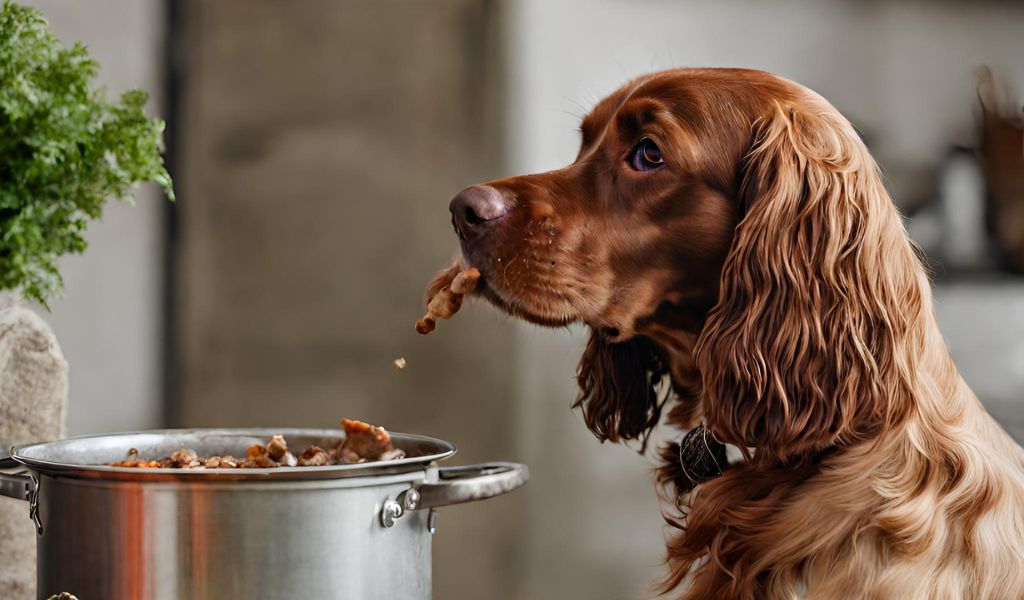
Boris and Nimrod my two Cocker spaniels certainly demonstrate incredible smelling senses.
Normally when I am trying to sneak a snack they can be upstairs asleep, silently I open the fridge, unwrap the cheese carefully so that I cannot be heard.
Within seconds the sound of spaniel paws rattle across the landing and down the stairs, before they both make an appearance, expectantly waiting for a cheesy nibble.
I can only attribute it to their sense of smell. (Unless they have a secret fridge alarm).
I’m truly amazed by the things that dogs can do with their noses, from rescue dogs, through to drug and explosive dogs, cancer detection dogs and, of course spaniels.
Consider the effects of scent with your spaniel
In working with spaniels and any other working dog, it’s really important to consider the effects of scent and scenting conditions and how they affect our dog.
They really do occupy different worlds when we consider just how much their sense of smell governs their behaviour, so as humans and spaniel trainers we need to appreciate and adapt our training to accommodate this.
In thinking about this there are various ways that we can work with our dog to help him to trust his sense of smell while in the field, and, with some thought and understanding on our part, not only can we help him but we can learn too.
This short article on Nova gives some insight into a dog’s sense of smell
Your spaniel’s nose is his world, help him to understand it
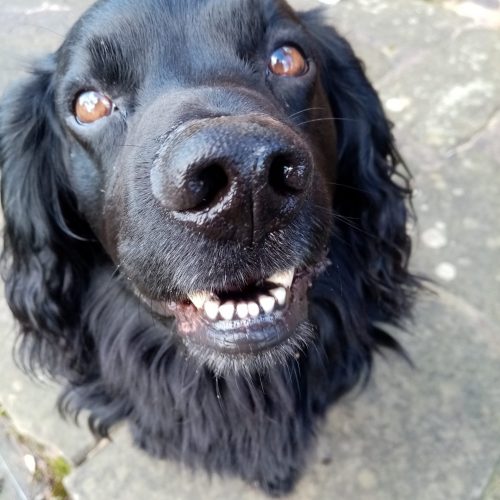
Scenting conditions can affect your spaniel
Unless we are a dog, or have developed a secret, undisclosed way of communicating with dogs, then, as humans, we cannot possibly fully understand scent.
As humans, our world is governed, predominantly by what we see and our other senses take lower places in the order of importance.
For your spaniel, and for that matter, any breed of dog, his world is determined by his sense of smell, his other senses are less important to him.
Scent can vary from day to day, even from hour to hour, and place to place. In many areas scent can vary from very good through to questionable to bad.
So, it is difficult to fully understand how it really works and is only possible to try and explain what is known about scent and how our spaniels react to it.
Nature and scent
When we consider nature and wildlife and the role of survival, we realise that one species eats another to maintain its existence.
Most animals survive through the use of camouflage and by staying as still as possible.
As an example, hares will sit solid in an area that they feel is safe.
Often among rushes, facing into the wind, so that the wind does not ruffle his fur up and that he can smell anything coming towards him.
While he is sat still he is giving off minimal, if any, scent and is for the main, almost invisible to predators.
This strategy is adopted by almost every species of animal in the wild.
This is one of the reasons why, when we are teaching a spaniel to hunt, we insist and make him hunt every inch of his ground, getting the wind into his nose, with enough time to do his job and find the game that may be ‘tucked in’ and hiding.
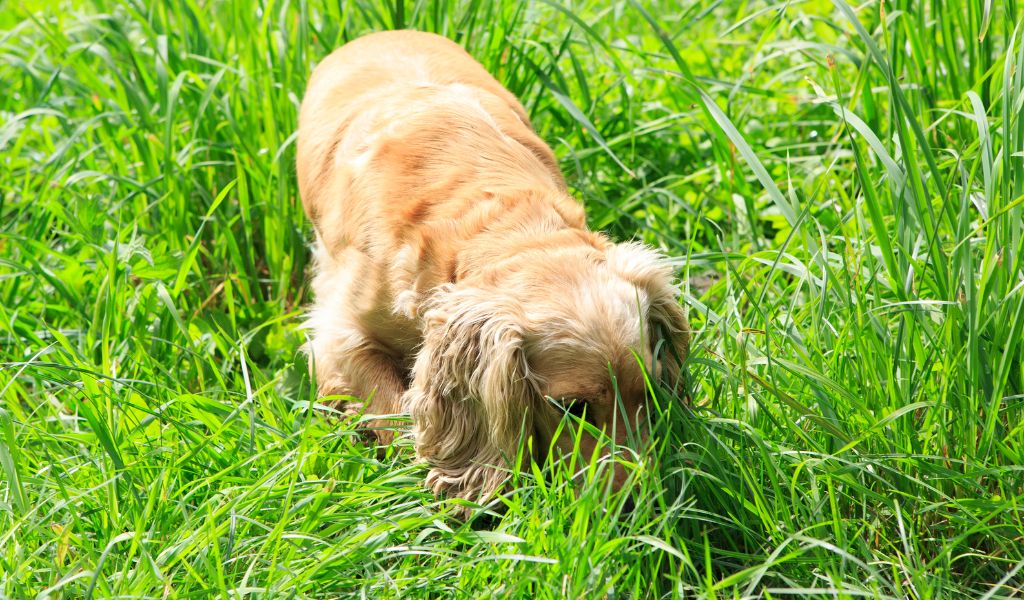
Weather and scent
The weather can have a dramatic effect on scenting conditions for spaniels. In just a small area scent can be really varied.
A dip in the ground on a windy day will hold scent better than the open areas that are exposed to the breeze.
Rushes, such as the ones that I regularly take Boris and Nimrod to, hold scent really well.
Extreme weather conditions are bad for scent.
Frosty ground before the sun has warmed it is difficult for spaniels, but, the same ground, later in the day when warmed by the sun, can be really good for scent.
Heavy and torrential rain will pretty much destroy any scent that existed beforehand, as will fresh snow.
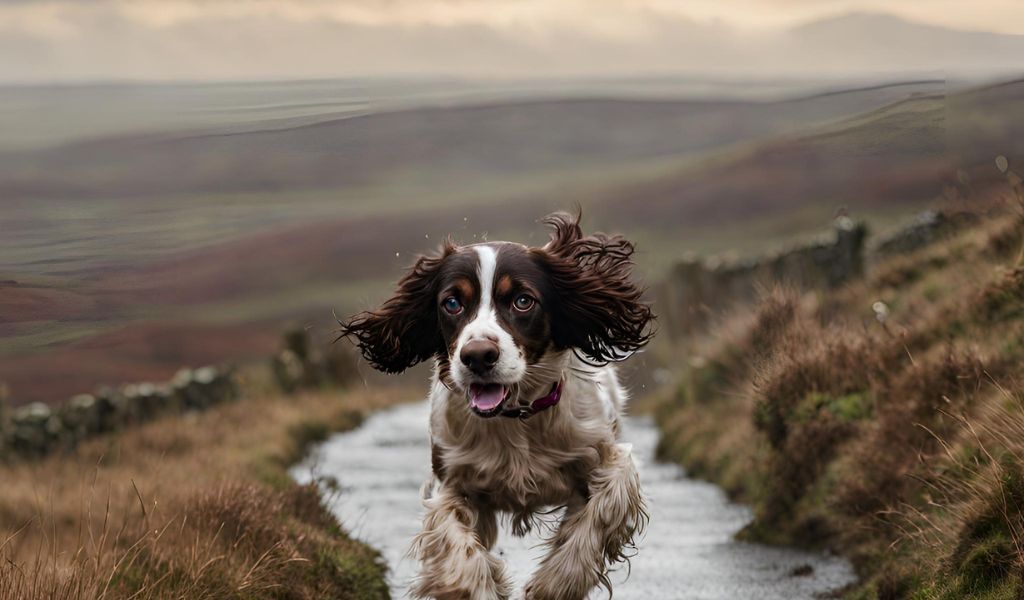
High winds and hot weather reduce scent considerably.
Generally, if the weather is ‘in between’ the above, then scenting conditions will be good for your spaniel.
It’s tricky to describe but with attention and experience you’ll come to recognise the differences in your spaniel’s behavior.
If your dog has a good nose then he will be more affected by changes in scenting conditions than a dog that is less capable.
Scenting conditions
As spaniel handlers it is important to make allowances for changes in scenting conditions and to be aware that they occur.
Wind and scent are two of the most important considerations when working a spaniel and, if as handlers and trainers, we remember this, then our dog will learn valuable lessons and will understand that he can and must trust his nose.
As a spaniel trainer, you must take time to understand scent and wind and how it affects your dog.
If you do then, trust me, your dog will learn how to adjust his hunting and retrieving to suit you, the weather and the ground conditions.
Scent and retrieving
Scenting conditions play a big part in blind retrieves for spaniels and it is important to think about wind conditions and directions when dealing with retrieves.
When sending our dog we need to think about wind direction. Our aim is to always aim for the retrieve to be between our spaniel and the wind.
So. If the wind is coming from our left and a bird is shot and down, or the dummy is thrown, we should aim to get our spaniel to the right of the fall.
By doing this we increase the chances of a successful retrieve without needing to handle the dog.
The wind will blow over the retrieve, towards the dog, who, we hope, will pick up the scent and find the retrieve himself.
Boris and Nimrod, my two Cockers, demonstrate this nicely in the video below.
In the first section of the video, the wind is coming from the left, the dummy is in the centre.
If I were to send Boris to the left then he would not get the scent due to the wind direction and I’d have to stop him and direct him over to the dummy – this would be tough as he would want to pull into the wind.
Likewise, if I were to send him directly towards the dummy he would likely pull to the left, again into the wind.
The solution was to send him off to the right.
This makes sure that he is downwind of the dummy, that the wind is blowing over the dummy towards him so increasing massively the opportunity for him to pick up the scent and find the dummy on his own – which is precisely what we want to happen.
If you watch the video carefully, after I have stopped Boris, you’ll see his nose go up, and it’s clear that he picks up the scent.
He then goes straight to the dummy and brings it to hand.
The next section is with Nimrod.
He is much younger than Boris so, to keep things easier for him the dummy was thrown into the wind and Nimrod was sent for it.
The wind is blowing directly into his face and you can see that he is working, picking up the scent, losing it, then picking it up again, until he finds the retrieve and brings it in.
Again, a good exercise for a spaniel, where he works it out for himself, with little direction or interference from the handler ( me ).
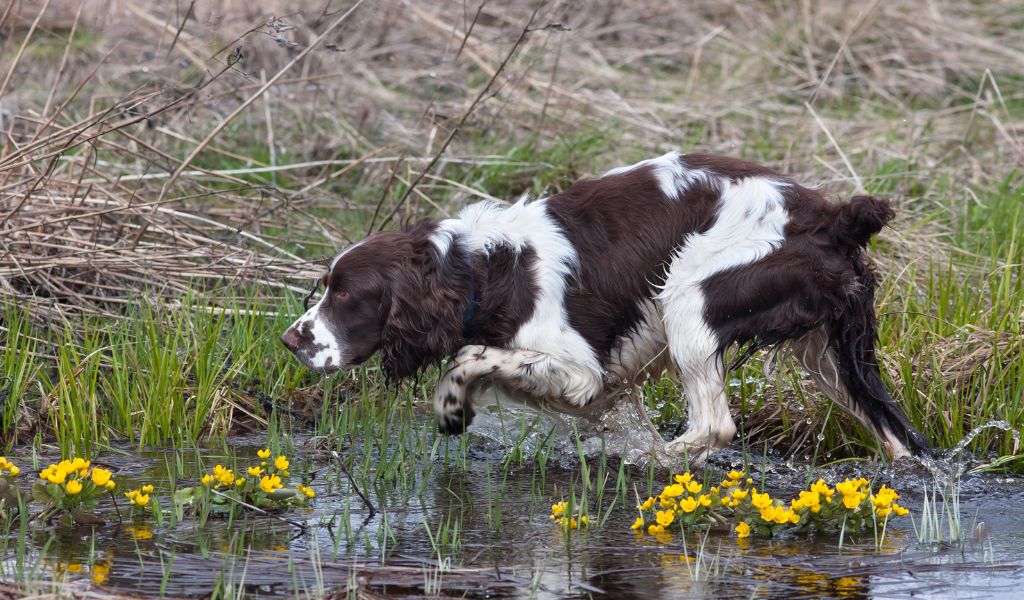
Consider the wind direction and create exercises for your dog
With a little thought and the use of opportunities when we are out and about with our dogs, we can create scenarios that help the dog to learn.
It’s vital for a spaniel to trust his nose and as a spaniel trainer you need to spend time on this type of work to help him to learn.
I don’t know about you but I can barely smell a training dummy when I press it against my nose.
For a spaniel to smell the same dummy from 40 yards away is, frankly, incredible in my view.
Enjoy working with your spaniel, get scent up his nose and help him to learn to trust his abilities.
He’ll be a great dog and you’ll both have fun learning together.
Although we’ll never fully appreciate the power of a dog’s nose we can help him to learn to trust his ability.
When you go out training with your spaniel think about the state of the ground, how dry it is, how hot it is and the type of terrain.
These conditions, combined with the wind direction and weather, will all make a difference to your dog’s ability.
Go out on different days – when it is wet, windy, sunny and cold with ice and snow – to different areas with different types of cover – and you’ll see big variations in how your dog ‘works.

